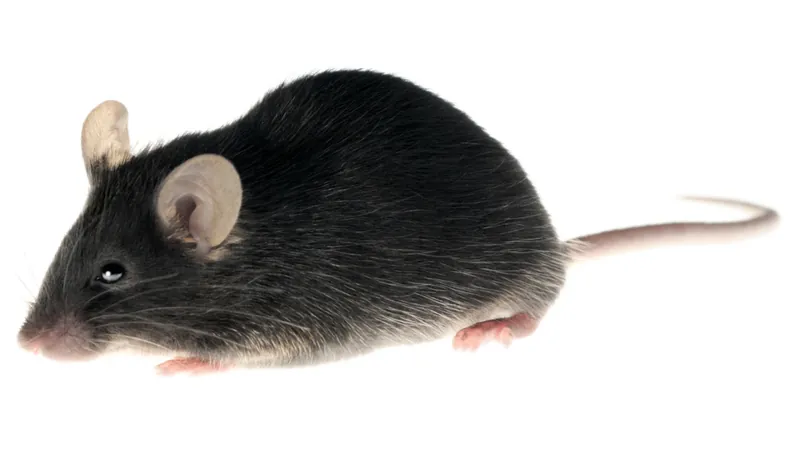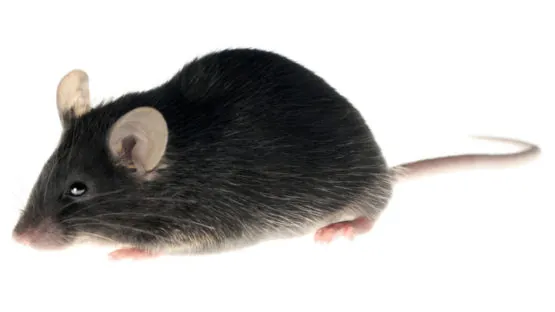Today, we want to draw attention to a new study that shows how partial cellular reprogramming was able to reverse cellular aging and address age- and injury-induced blindness in mice.
Epigenetic alterations
One of the proposed reasons we age is the changes to gene expression that our cells experience as we get older; these are known as epigenetic alterations. These alterations cause harmful changes to cellular function and gradually shift our cells from a youthful to aged state.
Gene expression is modified by the addition of epigenetic markers to the DNA that change the pattern of gene expression in a cell, suppressing or enhancing the expression of certain genes in a cell as the situation demands.
This is how our cells know what types of cells they are and what they should be doing, as the epigenetic instructions are there to guide them and ensure that we develop and grow properly. Essentially, epigenetic markers turn genes on and off, which, in turn, change what a cell does and how it functions.
However, as we age, our cells are exposed to environmental factors and are subject to negative changes in their genomes through epigenetic mechanisms. These alterations accumulate over time and are strongly correlated with the decline observed in aging cells.
Resetting the age of cells in mice
We have talked about the potential of partial cellular reprogramming in previous articles, and there have now been a number of demonstrations that reverse epigenetic alterations and so reset aged cells to youthful function.
In this new study, an impressive team of researchers, including George Church, David Sinclair, Vadim Gladyshev, Steve Horvath, and Michael Bonkowski, has used the technique of partial cellular reprogramming to reset epigenetic alterations that occur in cells during aging, thus restoring youthful function in mice.
To achieve this, they used just three reprogramming factors, Oct4, Sox2, and Klf4, to reverse age-related epigenetic markers and rejuvenate the old cells in the eyes of mice. The approach was able to regenerate the eyes of mice suffering from age- or injury-induced blindness by encouraging the cells to revert to a more youthful level of function and thus regenerative capacity.
The study also shows that old cells and tissues retain an accessible memory of youthful epigenetic information, which allows the functional age of the cell to be reset. It is also consistent with the findings of other mouse studies in which similar techniques have been used to reverse cellular aging via partial cellular reprogramming.
Ageing is a degenerative process leading to tissue dysfunction and death. A proposed cause of ageing is the accumulation of epigenetic noise, which disrupts youthful gene expression patterns that are required for cells to function optimally and recover from damage1–3. Changes to DNA methylation patterns over time form the basis of an ‘ageing clock’4, 5, but whether old individuals retain information to reset the clock and, if so, whether this would improve tissue function is not known. Of all the tissues in the body, the central nervous system (CNS) is one of the first to lose regenerative capacity6, 7. Using the eye as a model tissue, we show that expression of Oct4, Sox2, and Klf4 genes (OSK) in mice resets youthful gene expression patterns and the DNA methylation age of retinal ganglion cells, promotes axon regeneration after optic nerve crush injury, and restores vision in a mouse model of glaucoma and in normal old mice. This process, which we call recovery of information via epigenetic reprogramming or REVIVER, requires the DNA demethylases Tet1 and Tet2, indicating that DNA methylation patterns don’t just indicate age, they participate in ageing. Thus, old tissues retain a faithful record of youthful epigenetic information that can be accessed for functional age reversal.
Conclusion
Some researchers suggest that changes to the epigenetic state of cells merely reflect the age of a cell and its underlying aging, somewhat like the hands on a watch showing the time while the cogs and workings behind the watch face are the underlying causes of those changes.
However, this study adds yet more support for the proposal that epigenetic alterations are not merely an indication of the age of a cell but are much more likely to directly drive aging. It is certainly very compelling when the cells of mice are partially reprogrammed and they regain youthful function; if this is not a demonstration of rejuvenation, then I don’t know what is!
The race to translate partial cellular reprogramming to humans is now the focus of several companies, and progress in this area seems to have been moving along at quite a rapid pace since Salk Institute researchers first demonstrated the technique in mice back in 2016.
Literature
[1] Lu, Y., Krishnan, A., Brommer, B., Tian, X., Meer, M., Vera, D. L., … & Yang, J. H. (2019). Reversal of ageing-and injury-induced vision loss by Tet-dependent epigenetic reprogramming. bioRxiv, 710210.



